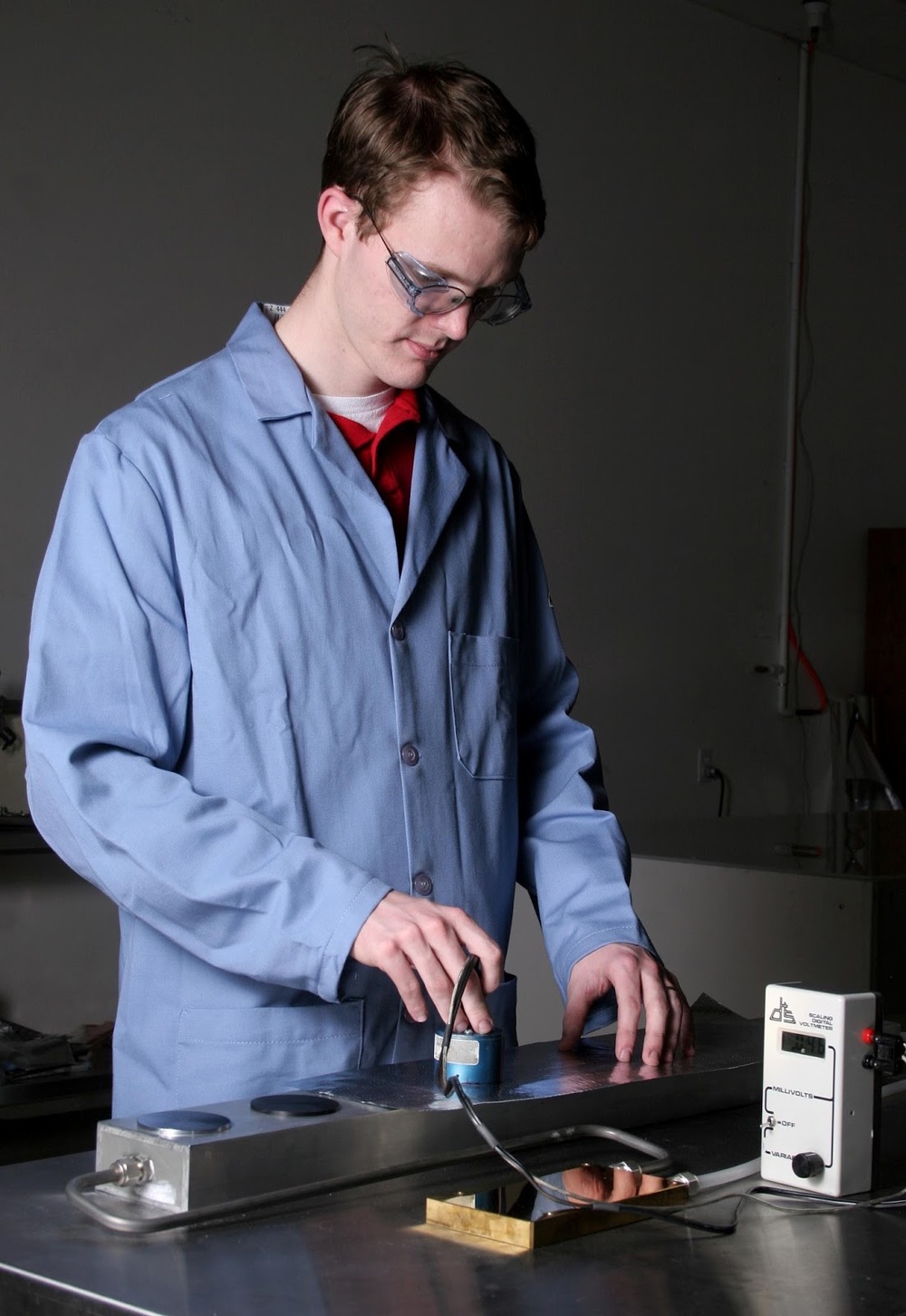
Simply speaking, emissivity represents the percentage of infrared radiant heat a product absorbs and emits rather than reflects. It is represented as a number between 0 and 1, or as a percentage. As we explain in an earlier blog post, surface emissivity of insulation can play a significant role in the insulation’s efficiency because the lower the emissivity of the outer surface, the lower the percentage of radiant heat the insulation allows to “emit” though. In residential and commercial construction, a radiant barrier uses just a low emissivity surface to provide all of its insulation.
A radiant barrier is a thin material with low emissivity on at least one side, which faces into an open, vented air space, like an attic. In an attic application, as infrared heat radiates through the high emissivity roofing materials into the attic, a radiant barrier reflects and doesn’t emit a large percentage of the radiant heat. ASTM C1313 defines a radiant barrier as a material having an emittance of 0.1 or less, meaning that less than 10% of the heat is able to emit down through the insulation to the living space below.
Because a radiant barrier is installed in an open, vented system, the rejected heat isn’t trapped, but instead is allowed to vent out naturally, meaning that having adequate ventilation in the attic is still just as important. Because the radiant barrier is only addressing radiant heat, and not conductive or convective heat, having traditional blown or batt insulation on the attic floor, below the radiant barrier, is still required. While the contractor or home builder may not necessarily be able to reduce the amount of ventilation or insulation with the addition of a radiant barrier, the radiant barrier can still significantly reduce the energy used in the home, especially when it comes to heating and cooling.
According to testing from Oak Ridge National Labs and the US Department of Energy, a radiant barrier can save up to 17% of cooling energy in the summer and 10% of space heating energy in the winter. Of course, the summer savings are most significant when the ambient temperature is highest, resulting in a greater influx of radiant heat, which the radiant barrier is able to reflect. In the winter, the heat from the home escapes to the outside, cooler air. The portion of the heat that is in the infrared is unable to emit through the radiant barrier and is reflected back down. Testing at Tennessee Valley Authority analyzed the performance of a radiant barrier at various temperatures and times of the day and found that in the winter, the radiant barrier realized the greatest savings after the sun went down and when the outside temperature dropped the most.
Since low emissivity is the primary determining factor in the efficiency of a radiant barrier, it is important to compare the exact emissivities of radiant barrier products before specifying a product for a new project or before making a purchase for your own home. The emissivity of any given radiant barrier should be available directly on the product label or on the manufacturer’s Fact Sheet. The Federal Trade Commission (FTC) requires in its “R-value Rule” that insulation products of this type must be tested for emissivity in order to indicate its insulating value, and each manufacturer must keep records of the emissivity testing results for 3 years in order to verify any claims made.


